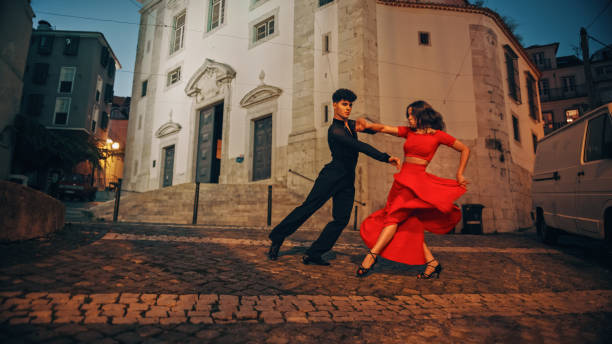Point of View, Dialogue, Location and Pace
POINT OF VIEW is based on a very basic concept: things look different depending on who is looking at them and from what perspective. Point of view, like microscopes and telescopes, can reveal things that would otherwise go unnoticed.

Point of view deals with the following issues:
Who is speaking, the narrator or a character?
Whose eyes are watching the way events unfold in the narrative?
Whose thoughts do the readers have access to?
From what distance are events being observed?
There are a multitude of ways of handling these questions and so point of view is a rather complex issue.
First Person Narration
A story told from a first person point of view is usually told by a character in the story and almost always by the protagonist. The narrator tells the story of “what I did” The narrator is a witness to the story, and the reader perceives it as such.
Example:
La tristeza, a short story by Rosario Barros Peña
“The teacher gave me a note for my mother. I read it. She says she needs to talk to her because I’m unwell. I put it on the bedside table, under the bowl full of milk I left her in the morning. I microwaved the frozen omelette I bought at the supermarket and ate half of it. The other half I put on a plate on the bedside table, next to the bowl of milk.
My mother is still the same, her red eyes staring without seeing and her hair, no longer shiny, sprawled on the pillow. The room smells of sweat, but when I open the blind she shouts at me. She says that if you can’t see the sun it’s as if the days don’t run, but that’s not true. I know that the days are running because the washing machine is full of dirty clothes and the dishwasher doesn’t fit anything else, but above all I know it because of the sadness on the furniture. Sadness is a white powder that fills everything. At first it is funny. You can write about it, “you fool who reads it”, but, the next day, you can’t see the words because there is more sadness on top of them. The teacher says I’m bad because I’m distracted in class and I just can’t stop thinking that one day that white powder will cover my mother completely and it will cover me. And when my father comes back, the sadness will have erased the “I love you” that I write for him every night on the dining room table”.
Third Person Narration
When third person point of view is used, the narrator is not a character in the story but a voice created by the author to tell the story.
Example:
Better Than Burning, by Clarice Lispector.
She was tall, strong, with a lot of hair. Mother Clara had a dark chin and deep, black eyes. She had entered the convent at the family’s request: they wanted to see her sheltered in the bosom of God. She obeyed.
She fulfilled her obligations without complaint. The obligations were many. And there were the prayers. She prayed fervently. And he went to confession every day. Every day he received the white host that melted in his mouth.
But he began to tire of living only among women. Women, women, women.
Narration in the second person
As with third person point of view, stories told from the second person point of view use the voice of a narrator. However, in the second person, the narrator tells us what you did or said.
Example:
Winter Diary, by Paul Auster
You think it will never happen to you, impossible for it to happen to you, that you are the only person in the world to whom these things will never happen, and then, one by one, they all start happening to you, just as they happen to everyone else.
Your bare feet on the cold floor when you get out of bed and go to the window. You are six years old. Outside the snow is falling, and in the garden the branches of the trees are turning white.
DIALOGUE

Dialogue conventions:
The long dash, in English, tells the reader that someone is talking:
-Hey, you, have you seen my left shoe?
-Look on your right foot.
One of the main conventions of dialogue is the use of crutches. In dialogue, most writers add crutches, also known as attributions, that let us know who is saying what. “He said” is the most frequently used crutch.
LOCATION, SETTING AND PACING

In terms of the pacing of a story, the most common way to manipulate literary time is to compress and expand it to fit what your story needs. Time flows for our characters, but the writer can control how fast or slow it flows. Writers do not show in their texts every single moment of a plot, every instant in a character’s life, from birth to death; instead, they pass too quickly, or even omit chunks of time that are irrelevant to the narrative and instead slow down and expand those that are more important.
Moving too quickly through a significant part of the book can lead the reader to feel disappointed or confused. Similarly, moving too slowly or focusing on irrelevant events can be boring.
ACTIVITY:
Place the previous character you have created in a specific setting: his or her home, work, at the bar with friends….




